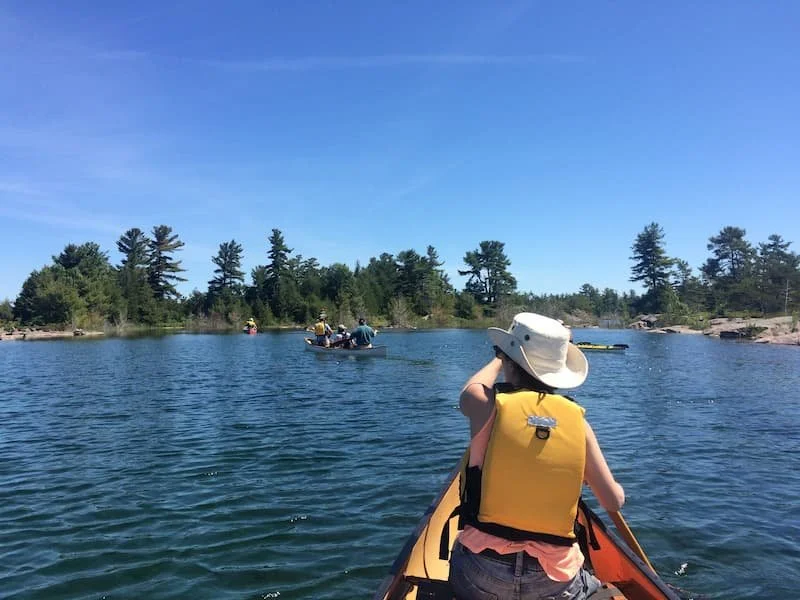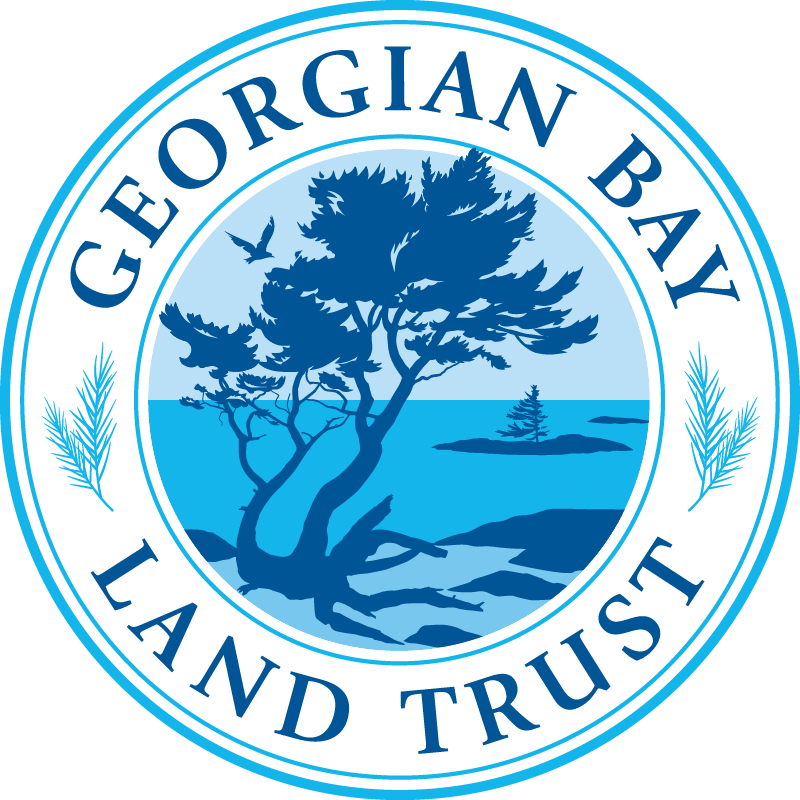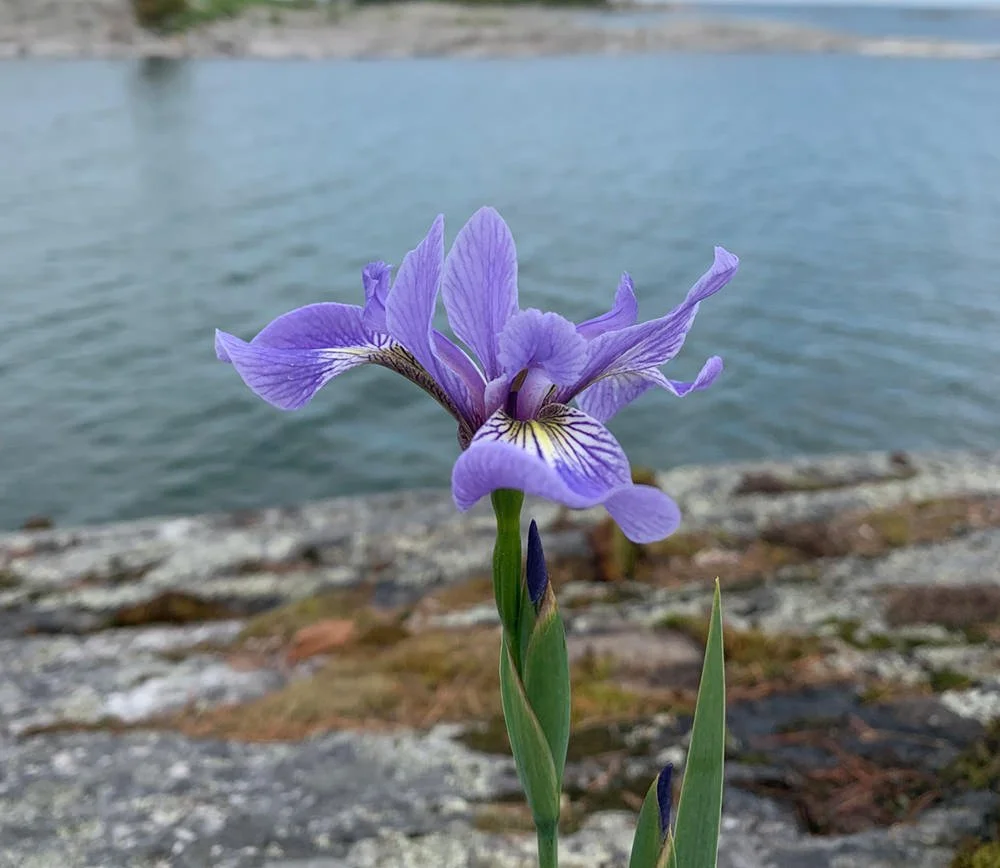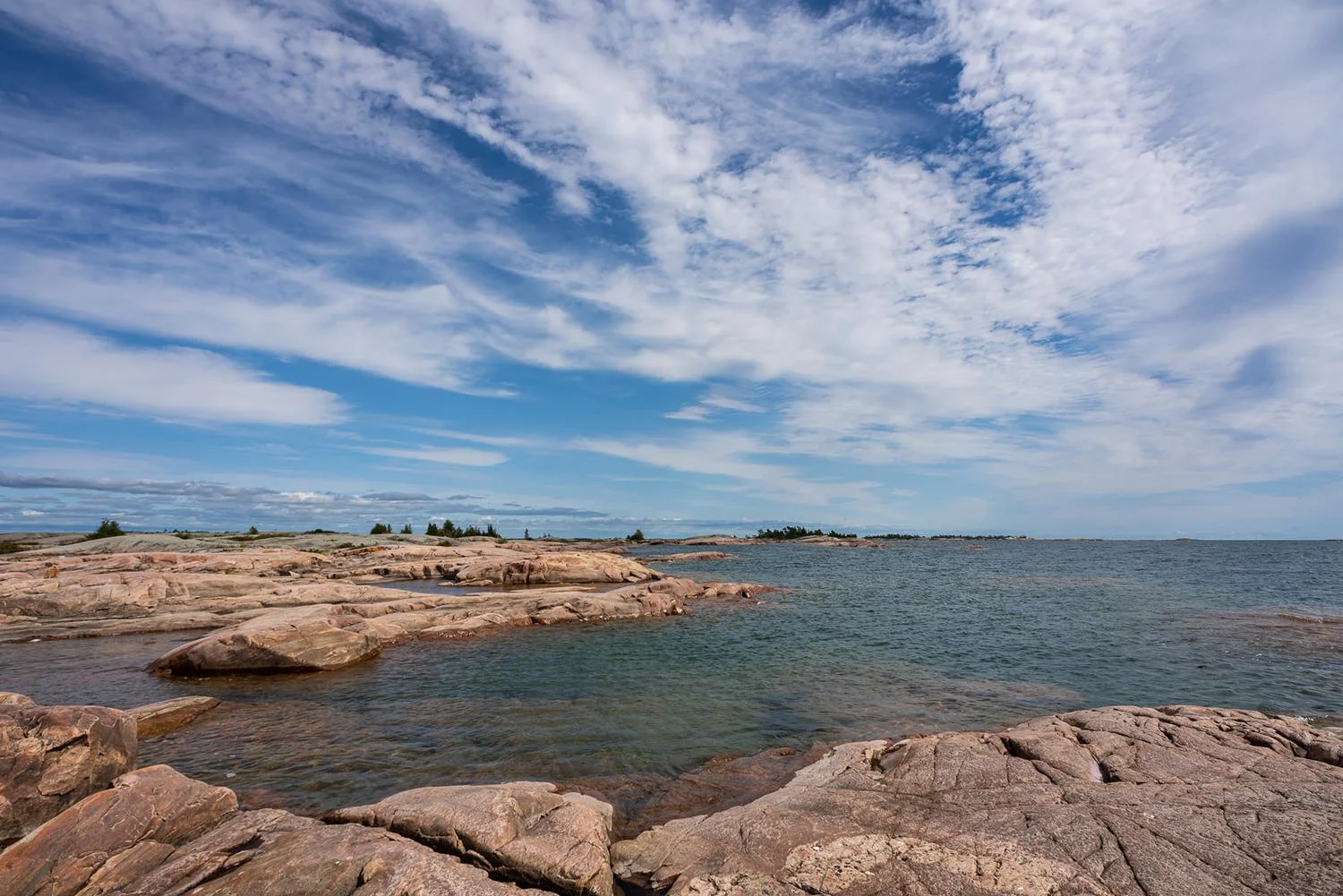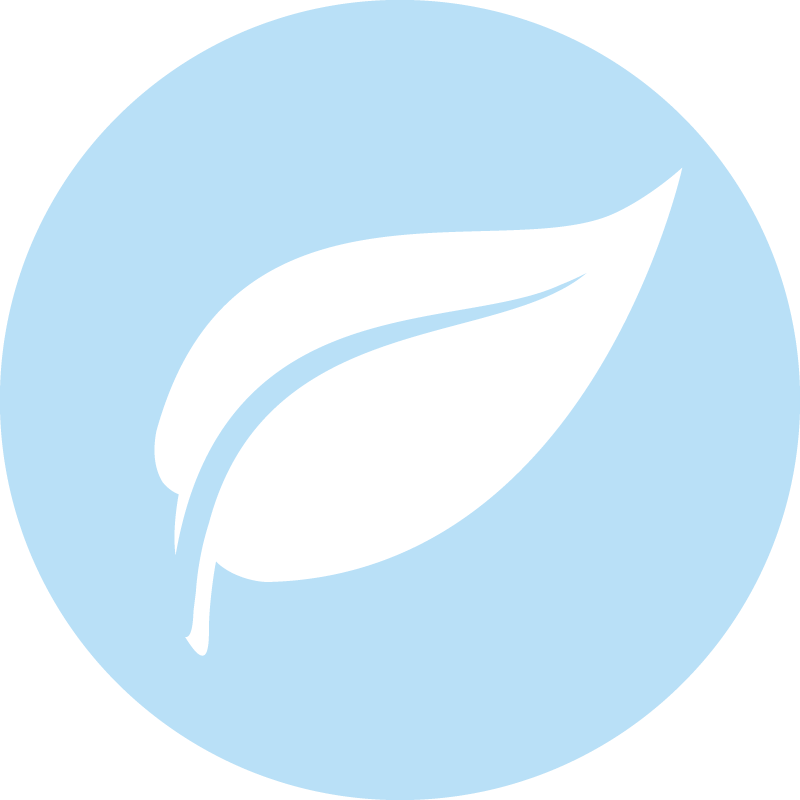// OUR MISSION
Protecting Georgian Bay’s wilderness lands for more than 30 years
Eastern Georgian Bay is a place like no other. Its globally unique habitat includes the largest collection of freshwater islands in the world, and the highest diversity of reptiles in Canada.
And it is under threat. Left unprotected, it will be aggressively developed, and this unique ecological habitat and its plant and animal species will be gone forever. We can protect this wild, special place and the species that make it so. But only if we protect the land in it.
OUR MISSION
The Georgian Bay Land Trust acts to protect wilderness lands and species along the eastern shore of Georgian Bay and the North Channel and its near watershed, through strategic conservation planning, land securement, stewardship, research, and education.
OUR VISION
An eastern Georgian Bay and North Channel whose islands, shores, and inland watersheds are connected and strengthened by a network of protected natural lands and habitats, where native species thrive and people interact with the natural world.
Learn more about how we’ve contributed to the protection of over 41,000 acres, and what we’re doing to help Georgian Bay stay wild – today and for generations to come.
What is a Land Trust?
A Land Trust is a charitable organization whose purpose is to hold and conserve land for public benefit. Through donation, purchase, or conservation easement, Land Trusts protect and steward environmentally, culturally, and historically significant lands.
The lands protected by the Georgian Bay Land trust are traditional Anishinaabek territory. We are grateful to share the eastern Georgian Bay and North Channel region with many Indigenous nations and people, including Beausoleil, Moose Deer Point, Wasauksing, Shawanaga, Magnetawan, Henvey Inlet, Atikameksheng Anishnawbek, Whitefish River, Wiikwemkoong, Sagamok Anishnawbek, and Serpent River First Nations. The history of this land and its people is long. We honour the deep tradition of knowledge and stewardship that exists within Indigenous relationships to land, and are grateful to work alongside and learn from Indigenous nations in caring for Georgian Bay.


